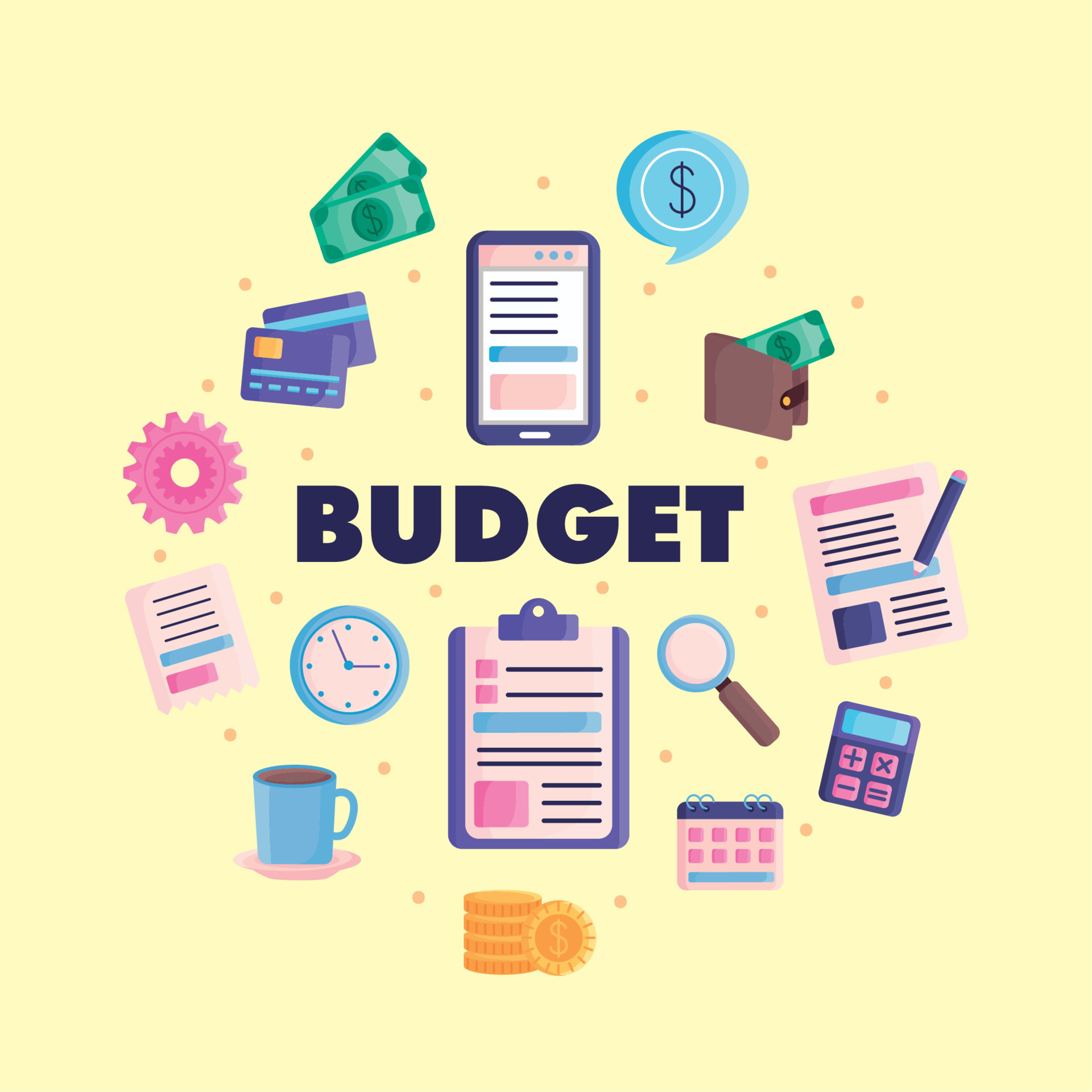
Budget Planner for Young Adults: Mastering Your Finances and Building a Secure Future
The transition to adulthood is exhilarating, filled with newfound independence and exciting possibilities. However, it also brings a wave of financial responsibilities that can feel overwhelming. Managing your money effectively is crucial for achieving your goals, avoiding debt, and building a solid foundation for the future. A well-structured budget planner is your most powerful tool in this journey.
Why Budgeting is Essential for Young Adults
Before diving into the specifics of creating a budget planner, let’s understand why it’s so vital, especially during these formative years:
- Gain Control of Your Finances: Budgeting empowers you to track where your money is going, identify areas where you’re overspending, and make informed decisions about how to allocate your resources.
- Achieve Financial Goals: Whether you’re saving for a down payment on a house, paying off student loans, planning a dream vacation, or investing for retirement, a budget helps you prioritize your goals and create a roadmap to achieve them.
- Avoid Debt: Uncontrolled spending can quickly lead to debt accumulation, which can have long-term consequences on your credit score and financial well-being. A budget helps you live within your means and avoid unnecessary borrowing.
- Build a Financial Safety Net: Life is unpredictable. A budget allows you to allocate funds for an emergency fund, providing a cushion to cover unexpected expenses like medical bills, car repairs, or job loss.
- Reduce Financial Stress: Knowing where your money is going and having a plan for the future can significantly reduce financial stress and anxiety, allowing you to focus on other aspects of your life.
- Develop Good Financial Habits: Establishing a budgeting routine early in adulthood sets the stage for a lifetime of responsible financial management.
Creating Your Budget Planner: A Step-by-Step Guide
Here’s a practical guide to creating a budget planner that works for you:
1. Determine Your Income:
- Identify all sources of income: This includes your salary (after taxes), any freelance income, side hustles, investment income, or any other regular sources of revenue.
- Calculate your net income: This is the amount of money you actually receive after deductions like taxes, insurance, and retirement contributions. Use your paystub or online payroll portal to find this information.
- Be realistic: If your income fluctuates, use an average of your past few months’ earnings to create a more consistent budget.
2. Track Your Expenses:
- Gather your financial data: Collect your bank statements, credit card statements, receipts, and any other records of your spending.
- Categorize your expenses: Group your expenses into categories like housing, transportation, food, utilities, entertainment, debt payments, and savings.
- Use a budgeting tool: Several options are available, including:
- Spreadsheet: Create a simple spreadsheet using programs like Microsoft Excel or Google Sheets.
- Budgeting Apps: Utilize mobile apps like Mint, YNAB (You Need a Budget), Personal Capital, or PocketGuard. These apps often automate expense tracking and provide insights into your spending habits.
- Pen and Paper: If you prefer a more traditional approach, use a notebook or budgeting template to track your income and expenses manually.
- Be thorough: Don’t underestimate the importance of tracking every expense, no matter how small. Even seemingly insignificant purchases can add up over time.
3. Differentiate Between Needs and Wants:
- Needs: These are essential expenses that are necessary for survival and well-being, such as housing, food, transportation to work, and basic healthcare.
- Wants: These are non-essential expenses that you enjoy but could live without, such as dining out, entertainment, expensive clothing, and subscription services.
- Prioritize needs: Ensure that you allocate sufficient funds to cover your essential needs before allocating money to your wants.
4. Create Your Budget:
- Use the 50/30/20 Rule (as a guideline):
- 50% for Needs: Allocate 50% of your net income to cover your essential needs.
- 30% for Wants: Dedicate 30% of your income to your wants and discretionary spending.
- 20% for Savings and Debt Repayment: Allocate 20% of your income to savings goals, investments, and paying down debt.
- Adjust the percentages: The 50/30/20 rule is a helpful starting point, but you may need to adjust the percentages based on your individual circumstances and financial goals. For example, if you have significant debt, you may need to allocate a larger percentage to debt repayment.
- Allocate funds to each category: Based on your income and expense tracking, allocate a specific amount of money to each category in your budget.
- Be realistic: Don’t create a budget that is too restrictive or unrealistic. You’re more likely to stick to a budget that allows for some flexibility and enjoyment.
5. Review and Adjust Your Budget Regularly:
- Track your progress: Monitor your spending throughout the month to ensure that you’re staying within your budget.
- Identify areas for improvement: If you’re consistently overspending in a particular category, identify ways to reduce your spending in that area.
- Adjust your budget as needed: Your income and expenses may change over time, so it’s important to review and adjust your budget regularly to ensure that it still reflects your current financial situation. Aim to review your budget at least once a month.
- Be flexible: Don’t be afraid to make adjustments to your budget as needed. Life happens, and sometimes unexpected expenses arise.
Tips for Successful Budgeting as a Young Adult
- Automate your savings: Set up automatic transfers from your checking account to your savings account to ensure that you’re consistently saving money.
- Pay yourself first: Prioritize saving and investing before you start spending on other things.
- Cook at home: Eating out can be expensive. Cooking at home is a great way to save money on food.
- Find free or low-cost entertainment: Take advantage of free events in your community, go for hikes, or have friends over for game nights.
- Avoid impulse purchases: Before making a purchase, ask yourself if you really need it or if it’s just something you want.
- Shop around for the best deals: Compare prices before making a purchase to ensure that you’re getting the best value for your money.
- Take advantage of student discounts: Many businesses offer discounts to students. Be sure to ask about student discounts when you’re shopping.
- Set realistic goals: Don’t try to make too many changes to your spending habits at once. Start small and gradually work your way up.
- Be patient: It takes time to develop good budgeting habits. Don’t get discouraged if you make mistakes along the way. Just learn from your mistakes and keep trying.
- Seek professional help: If you’re struggling to manage your finances on your own, consider seeking help from a financial advisor.
Conclusion
Budgeting is an essential skill for young adults to master. By creating a budget planner and following these tips, you can gain control of your finances, achieve your financial goals, and build a secure future. It’s an investment in yourself and your future well-being. Start today and take the first step towards financial freedom! Remember that consistency and adaptability are key to long-term budgeting success. Good luck!



